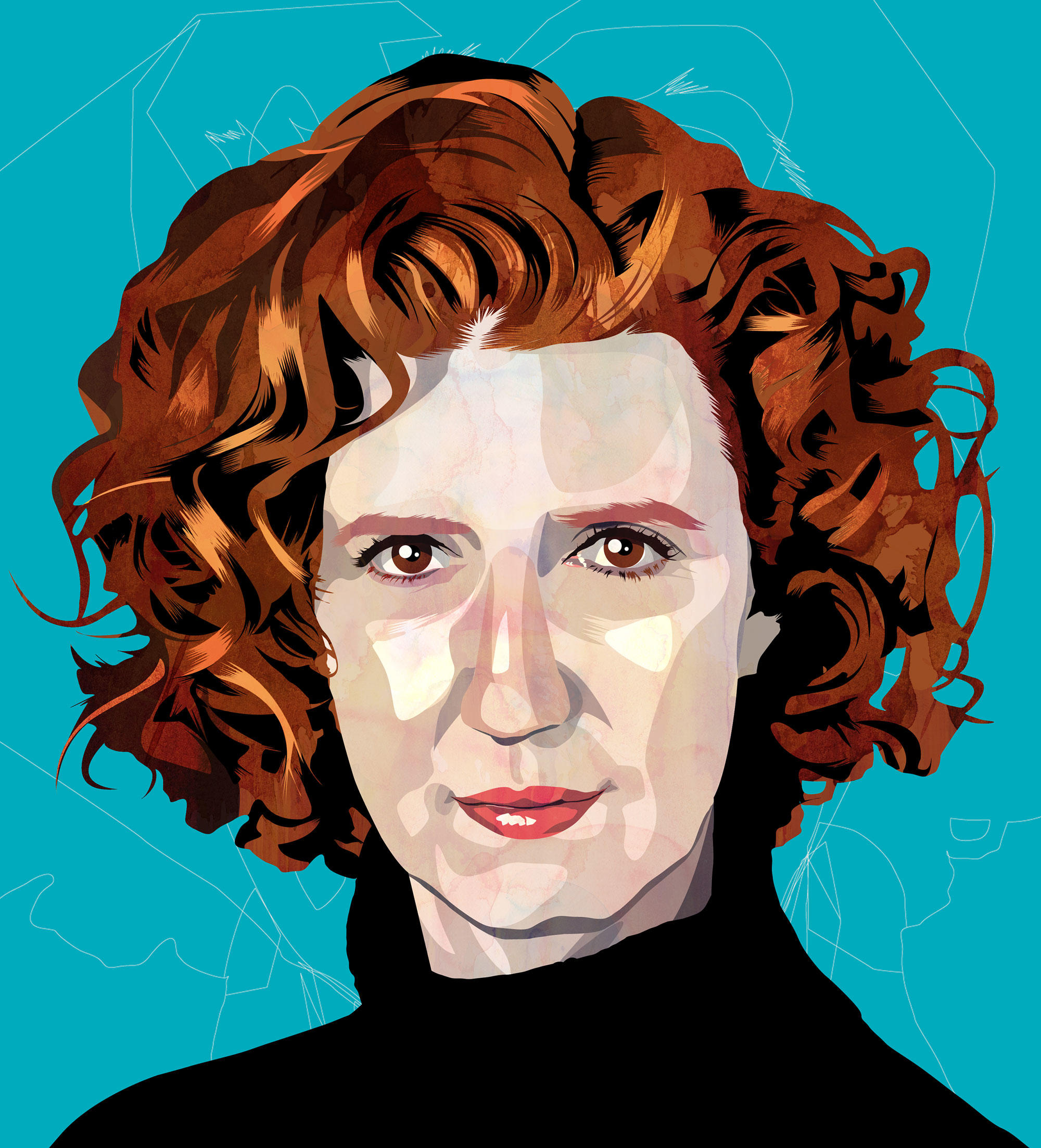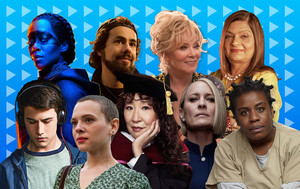If the key to good storytelling is knowing when and how to parcel out information, the final night of the 28th Columbia University Film Festival (CUFF) was a triumph in more ways than one.
The main event, of course, which drew nearly four hundred people to Symphony Space at Broadway and West 95th Street, was the presentation of six short MFA thesis films singled out for distinction by faculty. Each was a pearl of narrative guile and efficiency: Two Sisters (Keola Racela ’15SOA), a breathless drama about two North Korean girls trying to defect to South Korea; Stay Awake (Jamie Sisley ’15SOA), a bleak, wry tale of addiction and family in small-town America; Standing8 (Michael Molina Minard), in which a boxer struggles with the trauma of having killed an opponent in the ring; El Adiós (Clara Roquet), a superbly acted story set in a mansion in Spain, in which a housekeeper defies the orders of her dead employer’s daughter (Roquet won for best director); the German-language Pitter Patter Goes My Heart (Christoph Rainer ’15SOA), an alternately euphoric and wrenching twenty-two-minute tragicomedy about a lovesick dreamer named Lisa, which won for best picture; and Sundae (Sonya Goddy ’15SOA), a seven-minute cherry-topped treat that packs a big punch and a sweet kicker.
Yet for all the dramatic tension generated by these films, there was room that night for a real-life surprise, one that brought its own special catharsis.
Film departments are intimate places, and it’s hard to keep a secret. But when Ira Deutchman, who was at the end of his four-year term as department chair, took the stage and announced, for the first time, the name of his successor, the house erupted with the kind of impulsive, ecstatic shouts you hear when envelopes are opened in Hollywood.
The new chair, as selected by faculty vote, is film producer Maureen Ryan’92SOA. Ryan, a popular professor whose credits include the award-winning documentaries Man on Wire (2008) and Project Nim (2011), began teaching at the School of the Arts in 1999. Since then, she has seen her students win numerous Student Academy Awards from the Academy of Motion Picture Arts and Sciences, and watched their films get accepted to major festivals like Sundance, Slamdance, the Berlin International Film Festival, and the Palm Springs International Film Festival.
As department chair, then, she won’t have to reinvent the reel.
“It’s a challenging position to be in, because the bar is already set pretty high,” Ryan says in her office, shortly before the fall semester. “I’ve been doing a lot of listening. Ira has been incredibly helpful, advising me on how we can continue to be such a great film school and support our students as best we can.”
Deutchman, too, is a producer: he created Fine Line Features, the indie division of New Line Cinema, and cofounded Emerging Pictures, which uses digital technology to bring alternative films to US theaters. It was Deutchman who, in 2009, established the department’s MFA program in creative producing.
So what is a producer? Ryan defines it as “the person who puts the project together, creatively and logistically: financing, helping to develop the script, scheduling, casting, budgeting, hiring cast and crew, seeing the project through postproduction, and delivering the master to a film festival or studio. The producer works to make sure the creative vision for the film — as conceived by the director, screenwriter, and other key creatives — is realized on the screen.” Thirty-two of the thirty-four 2015 CUFF films were produced by Columbia students.
Like many of the MFA film faculty, Ryan is a “professor of professional practice” — a working producer as well as a teacher. “Our faculty have to continuously generate films, screenplays, whatever it is we do,” Ryan says. “It’s always a juggling act.” Ryan’s hands have been especially full: as the program’s director of production, she is the one faculty member who reads every student script, and meets with all directors and producers to go through their production plans. “It gives me a great perspective,” she says. “And at CUFF, I get to see how they turn out.”
What turned out this year was a selection of films that exemplified the school’s abiding emphasis: storytelling.
“We’ve always grounded our curriculum in storytelling,” says Ryan. “It kind of future-proofs everything. Technology can change — we now have digital platforms, mobile, new ways to watch material, different distribution channels — but what doesn’t change is the importance of learning how to tell great stories. Learning structure, knowing the beats and the payoff — these elements haven’t changed since we were telling stories around the campfire.”
Another thing that hasn’t changed, at least in film, is the need to raise money. “Working in education, we try to keep things as cost-effective as possible,” says Ryan. “Features are exponentially more difficult, complicated, and expensive. It’s better to do a short film really well — then you have a calling card, and you can take it and make a feature out of it.” (This was the path of Courtney Hunt ’94SOA, who turned her MFA short into the 2008 human-smuggling drama Frozen River, which was nominated for two Academy Awards.) Ryan does point to one major change in the financing game: crowdfunding. “Indiegogo and Kickstarter are huge with students,” she says.
Still, if you’re crafty, you can always find corners to cut. It’s worth noting that the seven-minute Sundae, arguably the biggest crowd pleaser of CUFF 2015, also had the smallest budget. Which, as a visitor to Ryan’s office observes, is surprising, since there’s a scene in which a young mother, seeking vengeance upon a perceived romantic rival, heaves a cinder block through a window. And windows aren’t cheap.
“That cinder block,” says Ryan, “was Styrofoam.”
“Wait. You mean — it was fake?”
“Uh-huh.”
“You mean that window wasn’t really broken?”
“That’s right.”
The visitor blinks. “You mean — we didn’t see it break?”
“Do you know how expensive it would be to break windows?”
“But I could have sworn I saw it. I’m certain I saw it!”
Ryan leans back in her chair and laughs. “That’s the magic,” she says.
“That’s the magic!”



